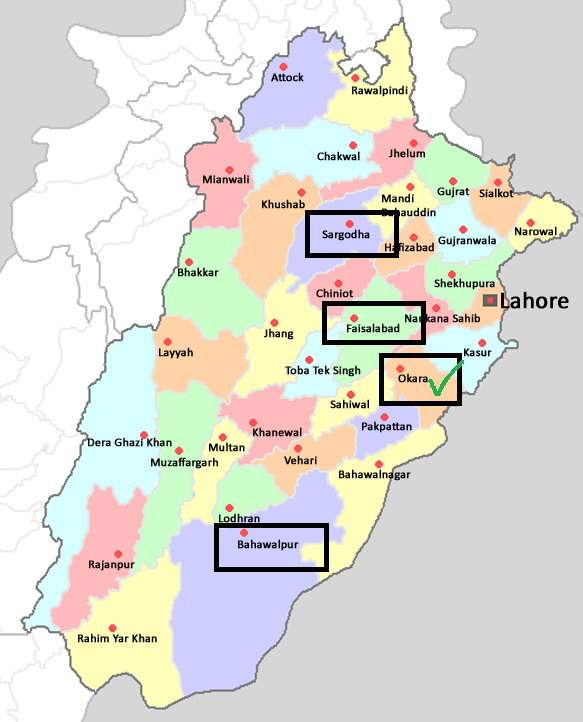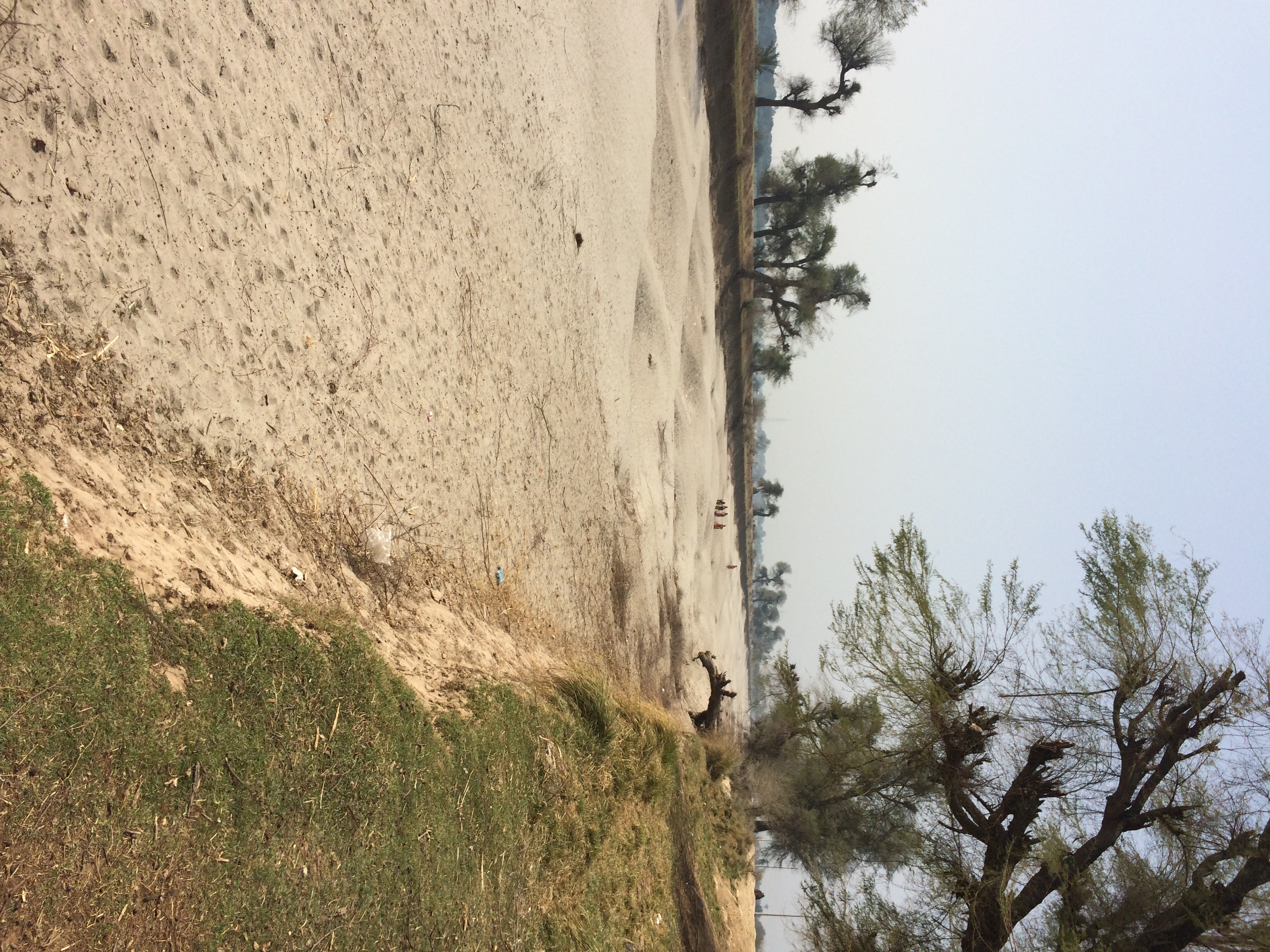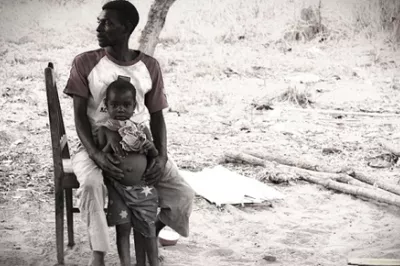Selecting a Site for Smallholder Financial Diaries in Pakistan
CGAP and Bankable Frontier Associates (BFA) have commenced our study that examines the financial lives of smallholder agricultural families in Mozambique, Pakistan, and Tanzania. BFA, working with local research partners, recently completed site selection scoping missions in all three countries, where we were looking for areas that our local partners could access relatively conveniently, for example, those with good roads during the rainy season. We also sought areas where the main source of income for smallholders is farming, and where we could find diverse crops and harvest cycles in close proximity to each other. Though the diaries sample of 90 households will not be representative, our goal was to maximize diversity within the selected sites to shed as much light as possible on various smallholder financial patterns.
We concluded our site selection mission in Pakistan a few weeks ago. The South Asian country boasts a sophisticated and vast system of canals and more than 70% of its agricultural farmland is irrigated. In our search for the ideal site for the smallholder financial diaries project, we explored the most populous province in the country, Punjab. Punjab (‘panj’ = five; ‘ab’ = water), known as the “bread basket of India” during the British occupation, derives its name from the five large rivers that crisscross across the province. After the partition of the subcontinent in 1947, two-thirds of the province was allocated to Pakistan and a third to India.

Our team started in the district of Faisalabad, about 155 kilometers south west from Lahore. Although Faisalabad has a diverse array of crops, we ruled out the area mostly due to the strong influence of nearby textile factories on household income. In Faisalabad, I heard firsthand about some of the value chains I had read about. As a previous CGAP blog post by the head of the National Rural Support Program notes, many smallholder farmers rely on middleman commission agents, known locally as “artis,” to sell their products. Smallholder famers told us that they often rely on artis to finance major expenditures, like weddings, and expected lump sum payments, like for emergencies. We look forward to learning more about this fascinating relationship between the smallholder farmer and the arti as we begin the diaries research.
Next, we visited Sarghoda in western Punjab. We chose to eliminate the district since it is the citrus-hub of Pakistan. Oranges also have an atypical growth cycle, with planting done only once, followed by an annual harvest after a waiting period of three to four years. We believed these factors would produce atypical cash flow and financial cycles. However, we did learn about another value chain that involved factories. We spoke with the owner of a medium-sized citrus factory who told us that the arti has largely been cut out, and he now deals mostly directly with farmers, 15% of whom are smallholders. Farmers in a nearby village, however, told me that they are largely dissatisfied with the factories. They claim that they do not receive reasonable prices for their products, and the factories force them to use more fertilizer than the land can handle.
From Sarghoda, we headed south to Bahawalpur in southern Punjab, all the way near the border with the Sindh province, over 400 kms from Lahore. Here, we found areas that only had access to canals for six months out of the year near areas that had perennial access to the canal. While this degree of irrigation diversity is interesting, we also found the strong influence of commercial livestock and migrant labor to the city.
Here, I learned more about a theme that surfaced in all the areas we visited. The village heads and farmers we spoke with told us about the differences between the local population and those who had migrated from India in 1947 as refugees after the partition. Those who came from East Punjab (now in India) were generally more skilled in agricultural techniques, a difference, we were told, which persists to this day. Migrants also generally have smaller landholdings since they, in turn, were allocated land left behind by Hindus and Sikhs who fled to India.

We ultimately chose to conduct the financial diaries in Okara, a district in central Punjab. Okara is one of Pakistan’s main agricultural centers with a diversity of crops and harvest cycles. Within a span of less than 20 km we found different crops grown and different levels of water quality. Potato and maize are the most commonly grown crops in the district; other commercial crops, such as tobacco, are also grown. In popular discourse, Okara is associated with the agricultural peasant movement against military-owned land. We’re thrilled to be starting the smallholders diaries research here (particularly with respect to those in the region who are not connected to tight value chains) and are confident that this research will yield insights which will inform financial innovation for smallholders throughout the country.




Comments
This is agood news for us
This is agood news for us.Such a research will help todevelop new Sharia compliant product in Pakistan
The blog interestingly throws
The blog interestingly throws up the scenario at present and how the rural scene has developed and is still developing across Punjab in Pakistan. On Indian side in Punjab/ Haryana the small holders plight appears to be slightly better. One reason can be the high support price for wheat and rice crops periodically revised by the Central Government. Still it will be interesting to conduct similar studies in Indian Punjab and compare with the studies from Punjab in Pakistan. Divergences if any may throw up the factors which impact the small farm holders's economic development.
Add new comment